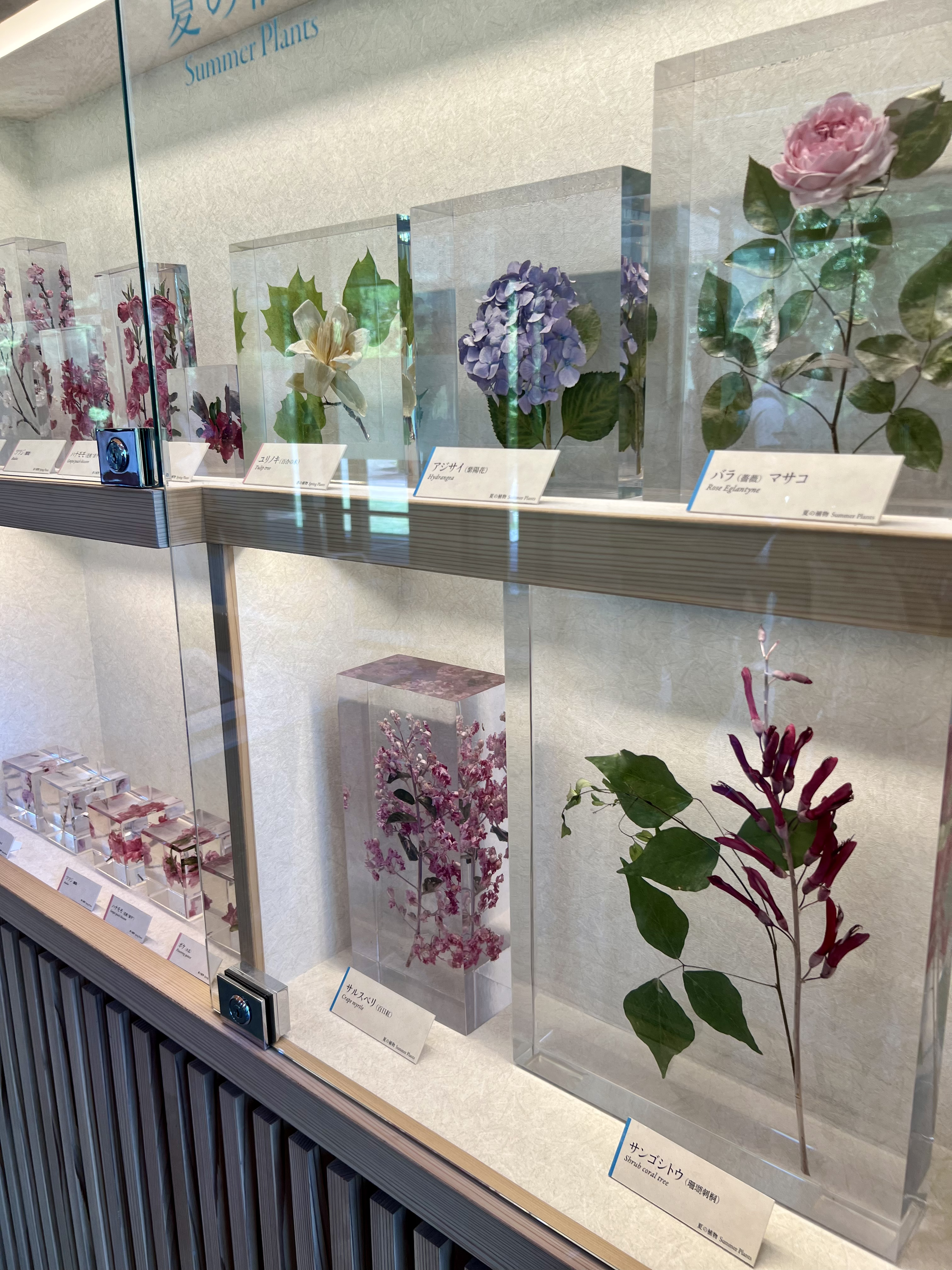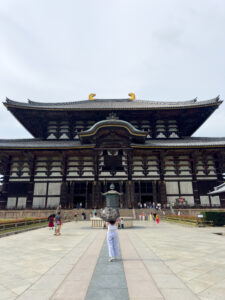
Stepping off the bustling sidewalk and into Shinjuku Gyoen National Garden is like entering another world.
The cacophony of traffic fades, replaced by the gentle murmur of wind rushing through trees and the sudden croaks of overhead ravens. A sweet, floral aroma hangs in the air, a delightful blend of exotic blooms and the clean scent of freshly turned earth.
This verdant haven, sprawling across 144 acres in the heart of Tokyo, offers a welcome respite from the towering skyscrapers and frenetic pace of the city. Shinjuku Gyoen boasts a rich history dating back to the Edo period when it served as the private residence of a daimyo, or feudal lord.
Transformed into an imperial garden in the early 20th century, it’s now a cherished public space, meticulously landscaped fields showcasing both traditional Japanese aesthetics and a surprising diversity of foreign flora. Beyond its serene beauty, Shinjuku Gyoen stands as a testament to Japan’s long-standing fascination with horticulture and its willingness to embrace botanical influences from around the globe.
This peaceful oasis boasts a surprisingly dynamic past. The land upon which Shinjuku Gyoen rests was originally part of the extensive Edo period (1603-1868) residence of the Naito clan, a powerful feudal family. Back then, the area likely resembled the bustling samurai districts of the time, with grand residences and constant activity.
However, by the late 19th century, the land underwent a dramatic transformation. The Meiji Restoration, which ushered in a period of modernization, led to a shift in power dynamics. The Naito family estate was repurposed, and in 1872, a government-managed agricultural experiment station sprouted on the grounds. This shift from a private residence to a government-run facility marked a turning point in the land’s history.
The once-ornate samurai dwellings and bustling streets gave way to greenhouses and meticulously tended plots. Here, agricultural experts experimented with new cultivation techniques and foreign plant varieties. This focus on experimentation wasn’t just practical; it reflected the spirit of the Meiji era, a time of fervent modernization and eagerness to learn from the West. The establishment of the experiment station hinted at the future role the land would play: a showcase not just for traditional Japanese horticulture, but for a global tapestry of flora.
Unfortunately, the path to becoming the national garden we know today wasn’t entirely smooth. The devastation of World War II left its mark on the land. Air raids in 1945 caused significant damage, destroying large sections and leaving scars on this once-pristine landscape. The tranquility of the space was shattered, replaced by the grim realities of war.
Yet, amidst the devastation, not all was lost. The resilience that led to the exploration of new crops and techniques now fueled the post-war recovery effort. In 1949, the land underwent a symbolic rebirth as Shinjuku Gyoen National Garden. Its gates, once closed to the public, swung open, welcoming all to experience its beauty.
This transformation is particularly evident within the sprawling greenhouse, one of the oldest Western-style greenhouses in Japan. Stepping inside during my visit, I was transported to a humid, jungle-like paradise. An abundance of tropical plants, some likely descendants of those first cultivated in the experiment station era, thrived under the glass panes. The air hung heavy with humidity, a stark contrast to the crisp Tokyo air I’d just left behind.
Lush ferns native to tropical rainforests brushed my shoulders, while vibrant orchids cascaded from hanging baskets above. Flowers in an array of colors clung to trees of all kinds, their delicate beauty a stark contrast to the spiky silhouettes of cacti from arid regions. Water murmured and splashed nearby, murky ponds serving as containers for a rich variety of aquatic plants.
It was a living museum, showcasing the very spirit of exploration and cultivation that had defined the garden’s history. Here, in this altar to global horticulture, I felt a tangible connection to the past, to the scientists and gardeners who had tirelessly nurtured these foreign plants, transforming a small corner of Tokyo into a leafy haven that whispered stories of faraway lands.
Emerging from the greenhouse’s muggy embrace, I carried with me a newfound appreciation for Shinjuku Gyoen’s unique character. Here, I found everything from delicate bonsai trees native to Japan to vibrant bromeliads hailing from the rainforests of South America. The very presence of Saguaro cacti, native to the arid Americas, thriving alongside delicate orchids from Southeast Asia spoke volumes about the garden’s dedication to defying geographical limitations. Shinjuku Gyoen isn’t just a collection of plants; it is a dialogue between cultures, a celebration of botanical diversity and the enduring spirit of human ingenuity.
For any visitor seeking a respite from the urban jungle or a glimpse into Japan’s fascinating horticultural history, Shinjuku Gyoen offers an unforgettable experience. Whether you wander through the meticulously designed gardens, marvel at the architectural wonders, or lose yourself in the leafy embrace of the greenhouse, this national treasure promises a journey of discovery for all.







